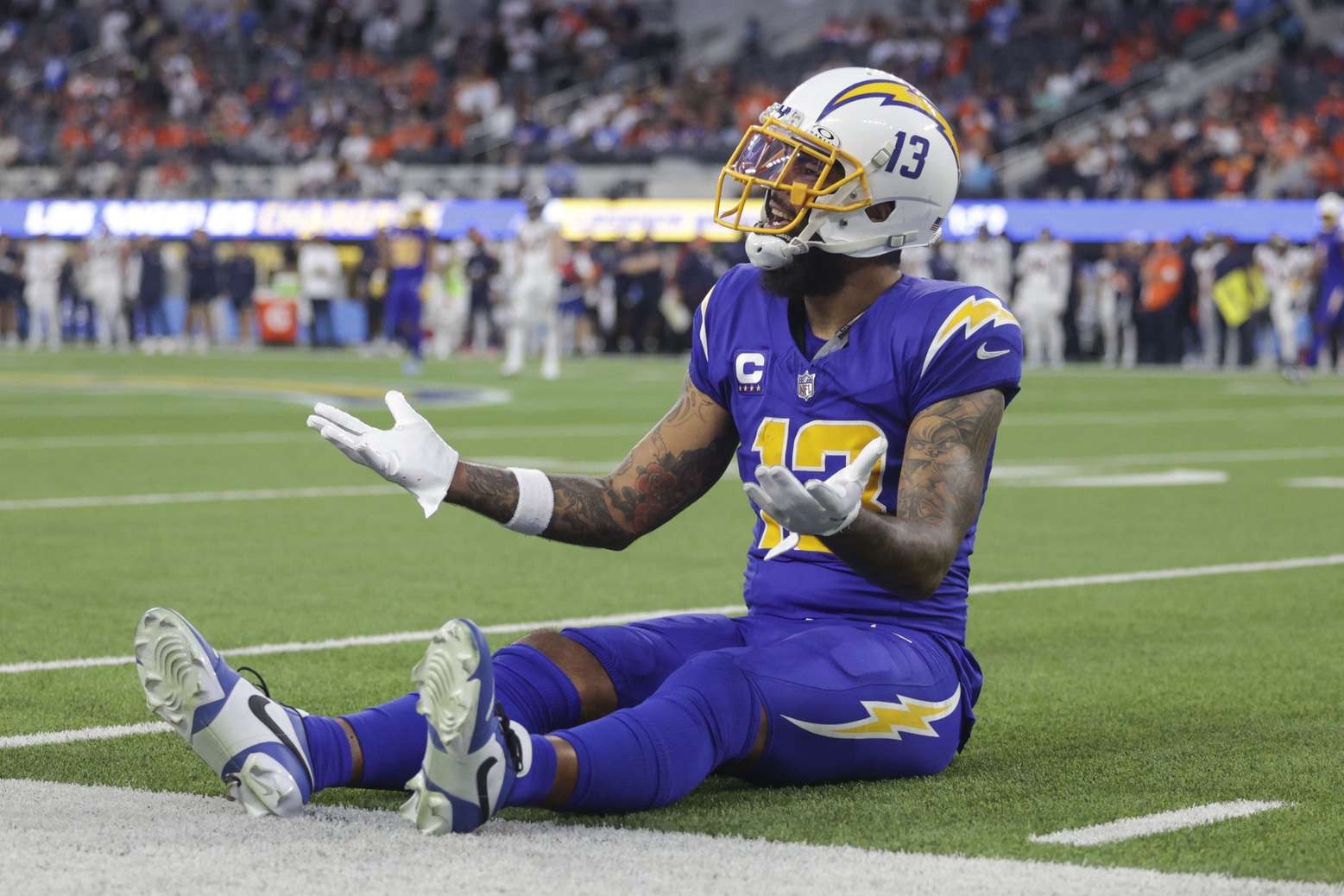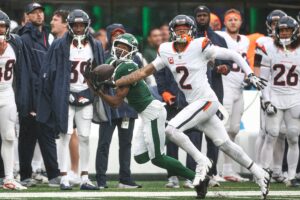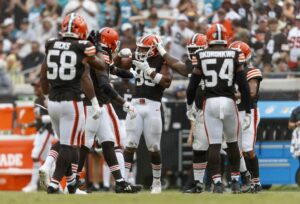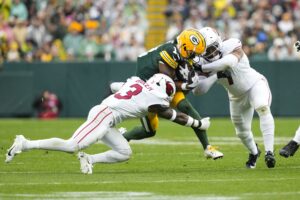Trying to find an edge, whether it’s team building, fantasy football, or in the dynasty streets has a lot to do with minimizing risk. One of the ways to do that is to understand the hit rates for wide receivers, and one heavy correlation in the last ten years has been draft capital. Everyone is excited to talk about Puka Nacua and Stefon Diggs, but those are diamonds in the rough that don’t happen often. Instead, honing in on specific hit rates by round can help us figure out which wide receivers are the most likely to hit.
Watch – An Early Look at the 2025 Rookie Class
Wide Receiver Hit Rates by Draft Position
The Method
I went back through every draft from 2011 through 2021, and used some identifiers to find a “hit”. This is subjective by person, but for the purposes of this study, I used two top-36 seasons. This eliminates one-hit wonders like Darnell Mooney, but if a player is truly a “hit” they will hit this threshold at least twice in a career. The verdict is still out on the 2022 and 2023 draft classes, but it’s probably safe to call Puka Nacua and Garrett Wilson hits. With that in mind, let’s look at the data.
This is an expansion on the dynasty draft capital study from last off-season.
Day Three Receivers
To no one’s surprise, day three receivers have some of the lowest hit rates. To some folk’s chagrin, day three is more of a desolate wasteland than initially considered. In the ten drafts examined, 211 receivers have been drafted in the Fourth through Seventh Round. Of all 211 receivers drafted, only six have hit.
Expanding this by round, only one sixth-round receiver hit and none in the seventh. The fourth and fifth round were slightly better at two out of 52 and three out of 47, but were still poor bets.
Once a receiver has hit, we shouldn’t knock them, as some of these hits have been the most valuable receivers in the league. Between Tyreek Hill, Stefon Diggs and Amon-Ra St. Brown we all know how valuable they can be. Unfortunately, finding those players early is about as likely as being accepted to Harvard in 2021. These aren’t the bets dynasty managers should be taking regularly.
Round Three Wide Receivers
Round three was a bit more sunshine and rainbows, with ten out of 46 receivers hitting. Compared to day three, this is a gold mine. Some of these receivers were dropped because they didn’t hit thresholds at testing (Keenan Allen), some just needed a quarterback to unlock them while they sat stagnant on a roster (Nico Colllins).
A common theme with the receivers that hit in the third was passing volume, as T.Y. Hilton, Mohamed Sanu and Keenan Allen all went to teams with established quarterbacks chucking it early and often.
Possible Round Three Wide Receiver Target Film Study
Round Two Wide Receivers
Round two had the second best rate (shocking) with 20 out of 54 receivers meeting the requirements. There was no rhyme or reason to which players would hit, as everywhere from the 64th overall pick (D.K. Metcalf) to the 33rd pick (Tee Higgins) were viable.
Wide receivers in the second round hit thirteen times more often than those taken on day three, which was a much better rate for those keeping score at home.
Round One Wide Receivers
The gold mine. The king of kings. If you’re drafting a receiver for fantasy football or your NFL team, it’s likely the first round ones hit at a higher rate. This shouldn’t be surprising, but the data does back up the age old adage that draft capital matters. First round wide receivers hit rate was about 50 percent in the data, with 20 out of 43 hitting.
Refining this to receivers taken top ten, the hit rate was nine out of 14. Injuries to Kevin White, a head-scratching pick of John Ross and a cheeseburger addiction for Sammy Watkins even skew the data to an even more positive light. This leaves a hit rate for the rest of the round as fairly close to round two (37 versus 38 percent) but still higher.
Bottom line, if the draft community thinks a player is good, and they get top ten draft capital, they are extremely unlikely to bust.
Last Word on Wide Receiver Hit Rates
The math checks out. Draft capital matters, whether it’s because a team is more likely to keep trying with an underperforming receiver or the more talented receivers go earlier is up for interpretation. If doing fantasy football or dynasty rookie drafts, using draft capital as a soft guide in addition to player evaluations will keep the bumpers up down the lane.
Watch – AFC Depth Chart Breakdown
Main Photo Credit: Yannick Peterhans-USA TODAY Sports






